How Yahya Sinwar’s death will change the Middle East
In the end Yahya Sinwar died brutally in the rubble of Gaza, like tens of thousands of victims of the war he unleashed a year earlier.
In a firefight with an Israeli patrol in southern Gaza, the leader of Hamas, the Palestinian Islamist movement, was killed on October 17th.
The massacre a year earlier that he masterminded altered the trajectory of the Middle East, although not in the way he dreamed of.
Sign up to The Nightly's newsletters.
Get the first look at the digital newspaper, curated daily stories and breaking headlines delivered to your inbox.
By continuing you agree to our Terms and Privacy Policy.His surprise death will shake the region’s destiny again, leaving Hamas leaderless, Gaza without any semblance of governance and Israel able to claim that a key war aim has been met at last and at a huge cost in lives.
All this raises the previously slim possibility of a ceasefire and hostage release in Gaza.
And if that takes place there is a narrow pathway to a de-escalation across the region even as a war rages in Lebanon and the prospect of Israeli retaliation against Iranian missile strikes looms large.
Mr Sinwar, aged 61, spent years planning the attack on October 7th 2023 in which thousands of Hamas fighters caught Israel by surprise, bursting through the Gaza border and killing nearly 1200 and taking back 250 hostages.
Since then he had been in hiding, lurking underground in a labyrinth of tunnels, communicating with his minions through hand-written notes and runners, and eschewing mobile-phones which could be tracked.
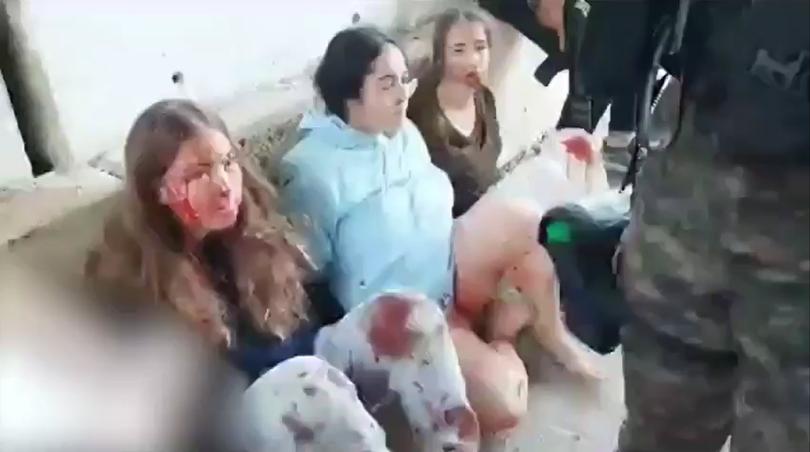
Holed up in the filth and darkness for much of the past year he appeared to be just as in control of events as world leaders in their plush offices; inspecting the Israeli hostages; negotiating through proxies with the CIA; and directing military attacks.
He was top of the hit-list for the Israel Defence Forces (IDF) as its armoured divisions tore up the coastal strip and its aircraft pounded it.
In the end it wasn’t massive force or high-tech intelligence that caught him, but a chance encounter.
According to initial reports he was with two other men at night near Rafah.
Spotted by an IDF foot patrol which was accompanied by tanks he was killed by the ensuing fire.
The patrol had not been searching for him and his body was only identified the day after when a drone surveyed the half-ruined building where he had been sheltering.
Mr Sinwar believed that his attack on Israel would mark the beginning of the end of the Jewish state.
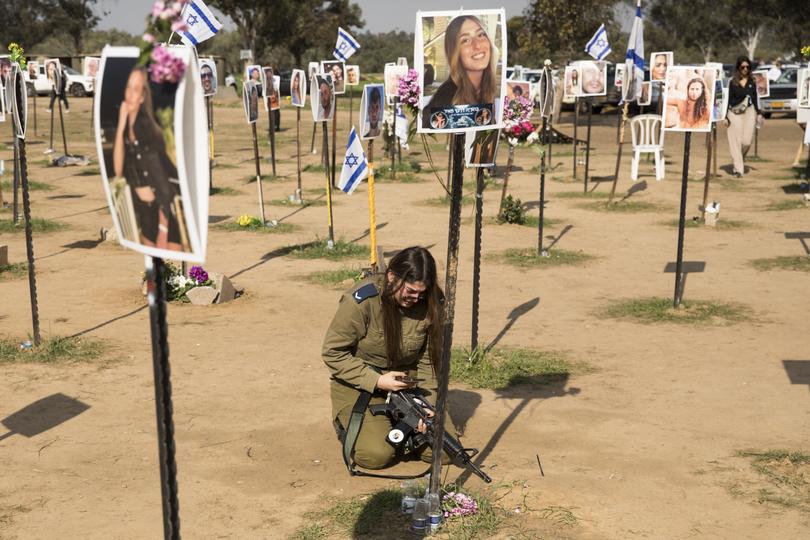
A Hamas enforcer since the movement was founded in the 1980s, he spent 23 years in an Israeli prison, after being sentenced for murdering four Palestinians accused of collaborating with Israel.
Released in a prisoner exchange in 2011, he began planning what would become the October 7th attack when he returned to Gaza, according to Israeli intelligence.
Documents captured by Israel suggest that he engaged with Hizbullah, another Iran backed militia, based in Lebanon, in the hope of coordinating a multiple-front attack on Israel.
But while Hamas achieved its immediate objective on October 7th, overwhelming IDF bases on Gaza’s borders and massacring Israelis, Hizbullah made do with firing short-range rockets.
The IDF put reinforcements on the Lebanon border and evacuated civilians near it. Then it invaded Gaza.

There are two views of Mr Sinwar’s legacy within Israeli intelligence. Some believe he made a fatal mistake, thinking that the IDF would be too risk-averse to send its soldiers into Gaza city.
“Sinwar thought he knew Israeli society and that it had gone soft,” says one analyst.
Others think he was motivated by fanaticism.
“Sinwar was fully prepared to sacrifice Gaza and its people,” says a senior IDF officer who has spent years studying the Sinwar file.
Either way the consequences of his attack have been no triumph even by his brutal standards.
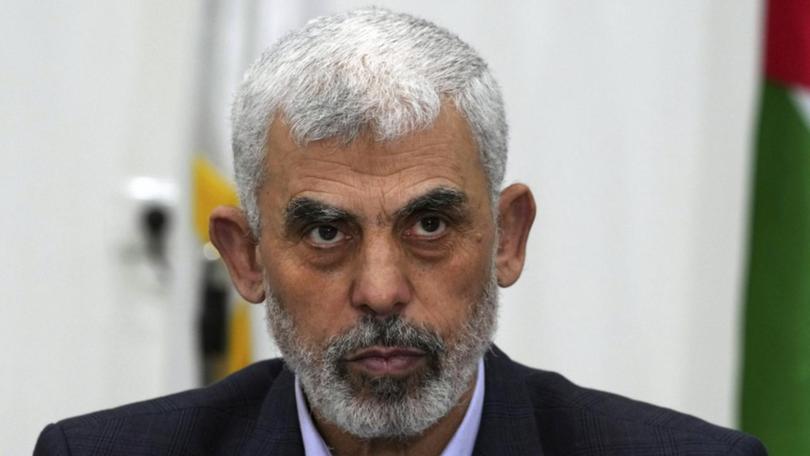
The IDF has decapitated Hizbullah’s leadership too. And while Iran has launched missile attacks at Israel, most recently on October 1st, Israel has re-established military deterrence by striking at Iranian proxies across the region and, possibly, by retaliating directly against Iran with air strikes in the coming days.
Three giant questions now loom. One is what happens to Hamas. It has a leadership vacuum that could see its remaining grip on Gaza slip away.
Israel has now eliminated the troika of hardliners that had control of the organisation, Mr Sinwar, Muhammad Deif and Marwan Issa, along with at least half of the movement’s senior leadership in Gaza.
In addition to being the boss in Gaza since 2017, Mr Sinwar was the overall leader of the movement for the past three months, replacing Ismail Haniyeh, head of its political bureau who was assassinated by Israel in Tehran on July 31st.
Hamas still has thousands of fighters in Gaza, who are now in what the IDF calls “guerilla mode,” having lost most of their commanders.
Mr Sinwar’s brother and right-hand man is mentioned as potential interim commander in Gaza, but is more of a local strongman, without leadership heft beyond Gaza. Some Israeli analysts anticipate a vacuum in which some Gazans oppose Hamas and local leaders come to the fore.
Hamas has an “outside” leadership mainly based in Qatar, Turkey and Lebanon. The surviving senior figure of this wing, former politburo chief Khaled Meshal, a rival of Mr Sinwar, may take up the reins.
He is a more pragmatic figure and has been opposed to the relationship with Iran, which under Messrs Haniyeh and Sinwar intensified.
That leads to the second question: whether the conditions may now be right for a ceasefire in Gaza. What remains of Hamas may try to do a deal using the remaining 101 Israeli hostages (around half of whom are presumed dead) in order to trigger a truce which allows it to try to keep control of the strip, or its leaders to secure safe passage from it.
In a statement announcing Sinwar’s death, Binyamin Netanyahu, Israel’s prime minister, offered this prospect to those holding hostages.
“Those who lay down their arms, we will allow them to leave and live.” The Israeli government has already reached out to the mediators who had been handling ceasefire talks.
Mr Sinwar had demanded a full and permanent withdrawal of the IDF from Gaza as a condition for such a deal. Mr Netanyahu, despite the entreaties of his security chiefs, adamantly opposed such a step.
Now he may have an incentive to accept a deal, which the Biden administration has also been urging upon him, if Hamas is indeed prepared to lower its demands.
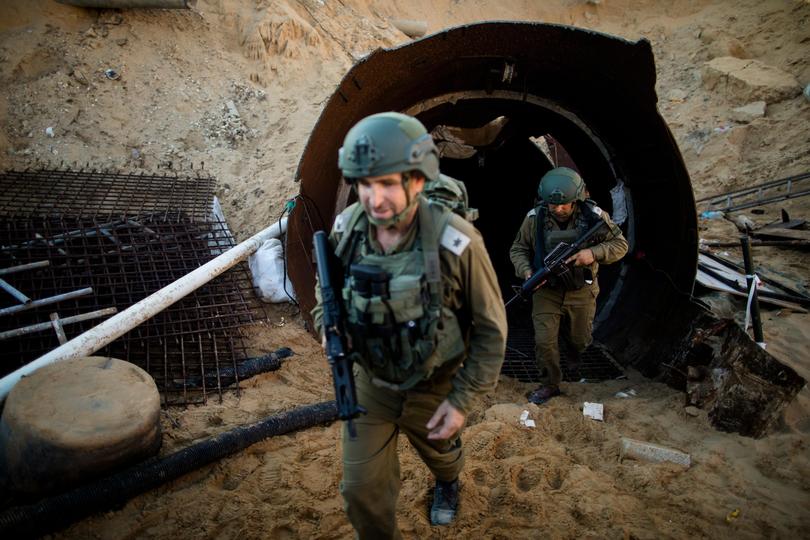
Mr Netanyahu, whose popularity collapsed after the October 7th attacks, may fancy he can stage yet another revival in his long career of improbable comebacks.
Outside of a wing of religious extremists inside the cabinet, Israel has little interest in taking responsibility for Gaza let alone rebuilding it.
If an alternative governing authority of some kind takes over notional responsibility following a ceasefire, it is at least possible that the strip’s future is something other than permanent destitution and anarchy or eventual annexation.
The final question is whether the prospect of a ceasefire and release of hostages in Gaza could lead to a broader de-escalation across the region. Iran’s leaders may now want this, at least temporarily.
While they and their proxies including Hizbullah and the Houthis in Yemen claim to be fighting with Israel in sympathy towards the Palestinians, they are also participants in a parallel struggle between Israel and the Iranian regime.
Still, after the devastation wrought on Hamas and Hizbullah their appetite to fight this struggle may be waning. Both Mr Sinwar and Hassan Nasrallah, the chief of Hizbullah, have been killed by Israel.
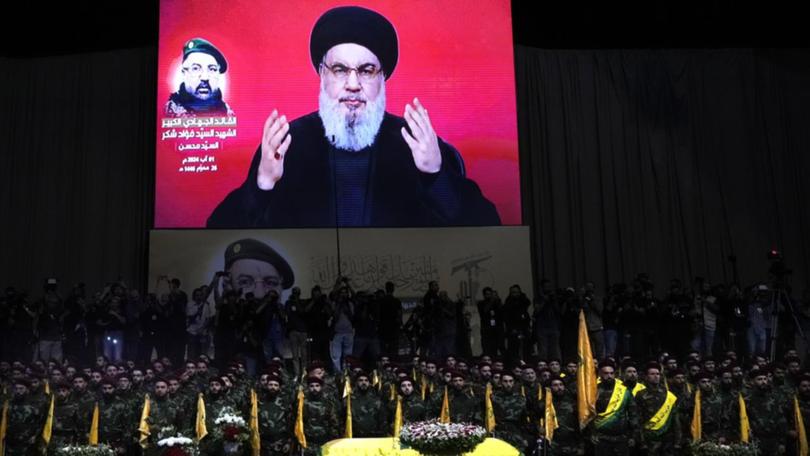
There may be more pain to come. On October 17th America bombed Houthi sites in Yemen, while Iran is awaiting Israel’s retaliation against its missile attack: Israel is most likely to target military sites after America objected to it hitting Iran’s nuclear or oil facilities.
Does Israel believe it can safely stop fighting? Mr Sinwar succeeded in landing the most grievous blow on the Jewish state in its history.
But Israel has now gone a long way to re-establishing military deterrence—albeit at huge reputational cost outside the Middle East and at enormous human cost in Gaza.
The long-term war between Israel and Iran isn’t over, nor is the tragedy of the stateless Palestinians.
Still it is possible to see a route out: a calibrated Israeli retaliation on Iran; a ceasefire negotiation in Gaza and a de-escalation in Lebanon.
Mr Sinwar would hate to hear it but his death creates an opportunity for Israel to take an off-ramp that could, perhaps, lead to an end to this war.
